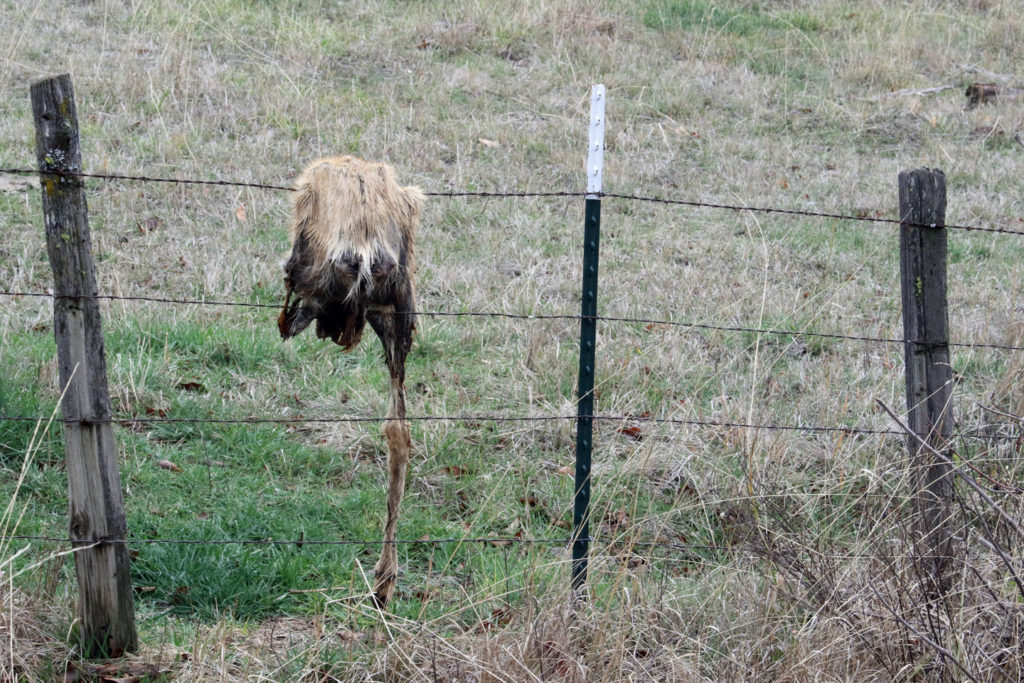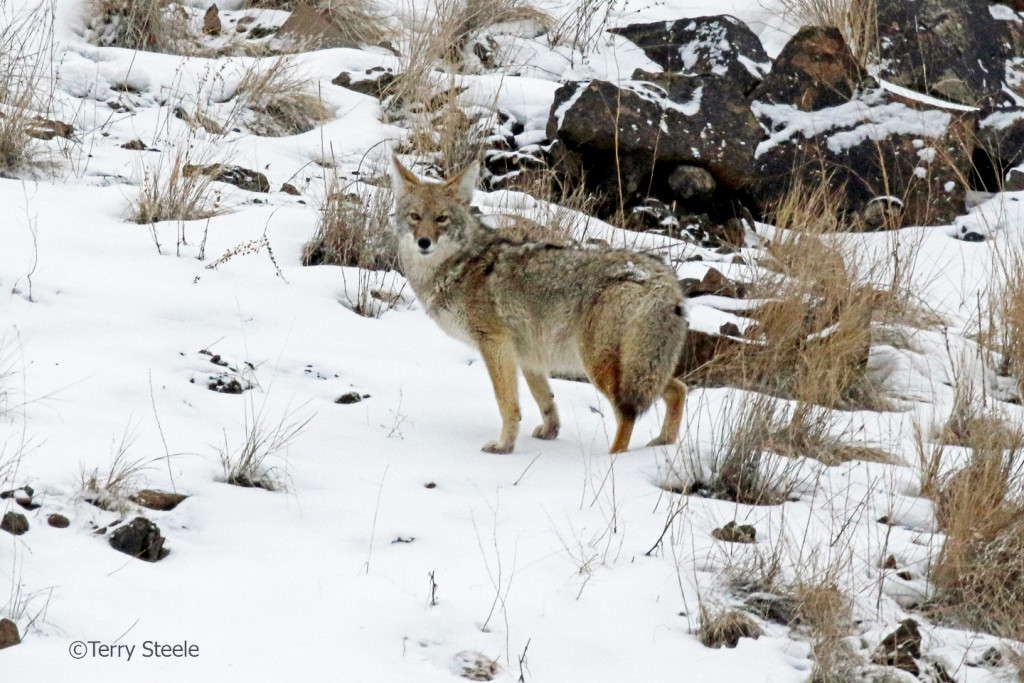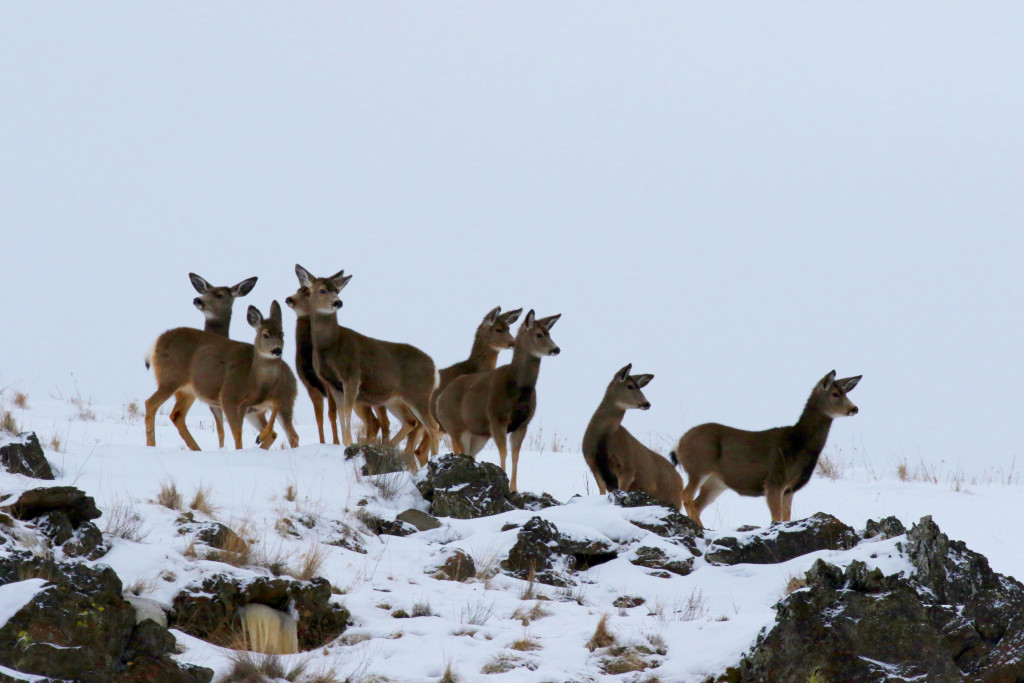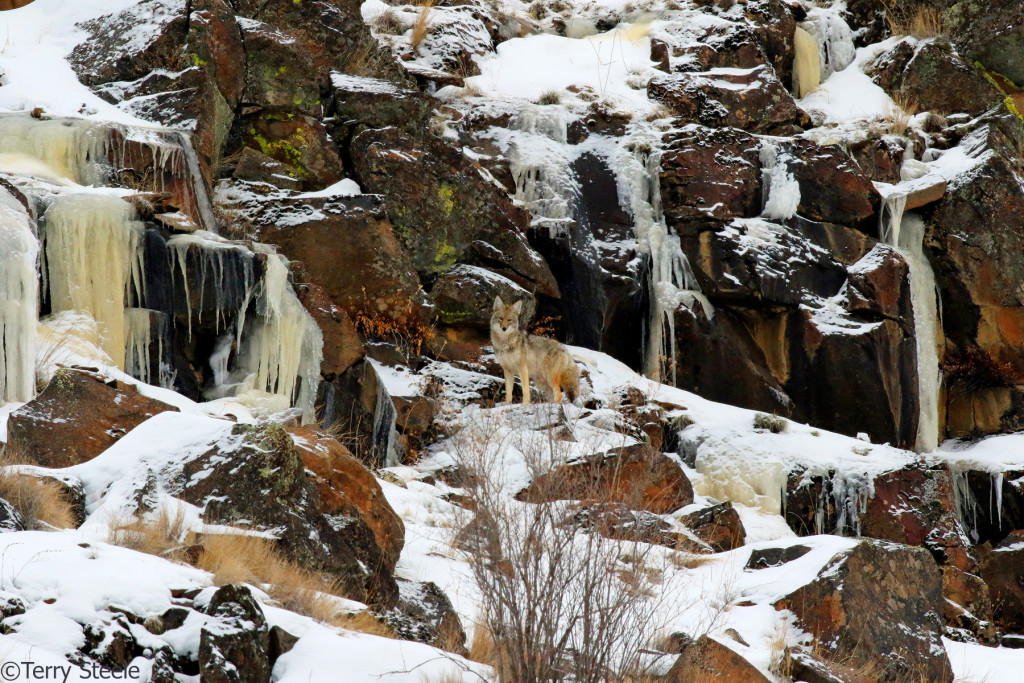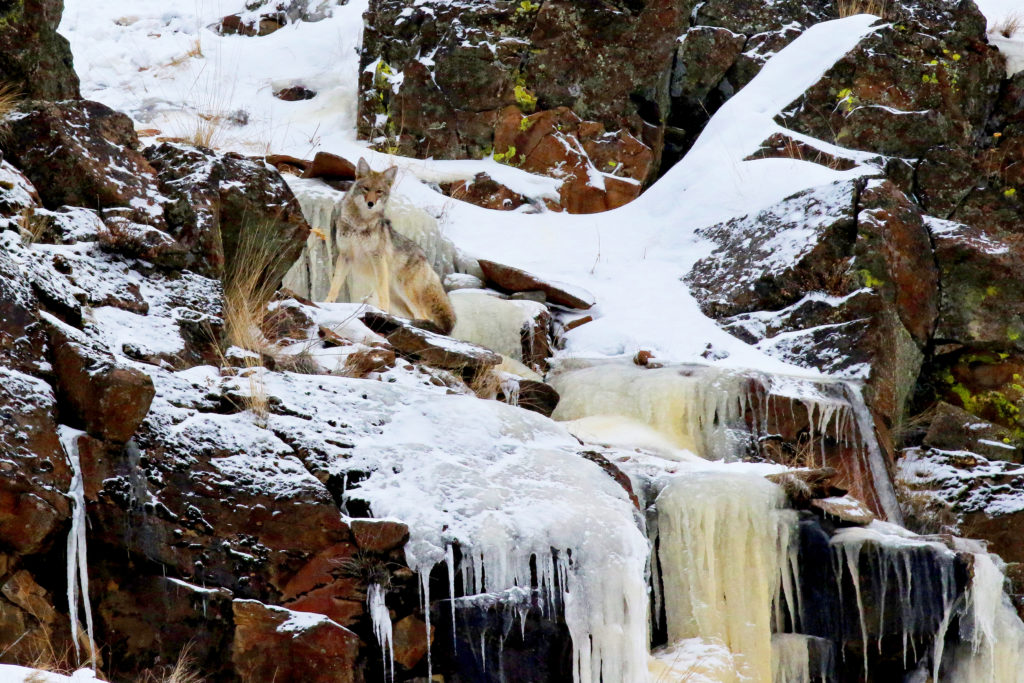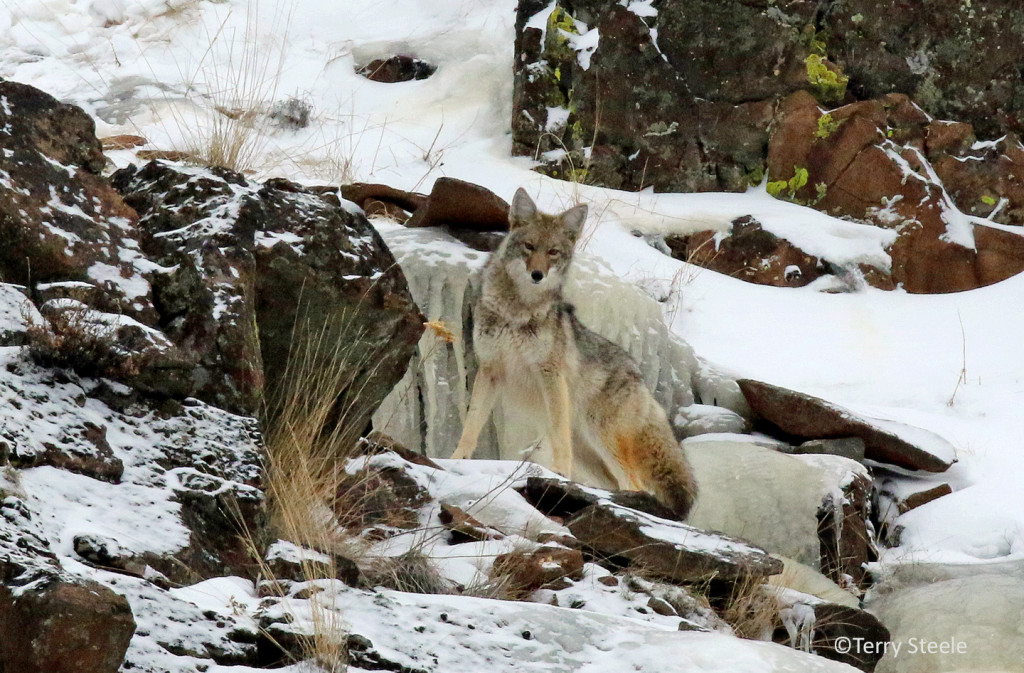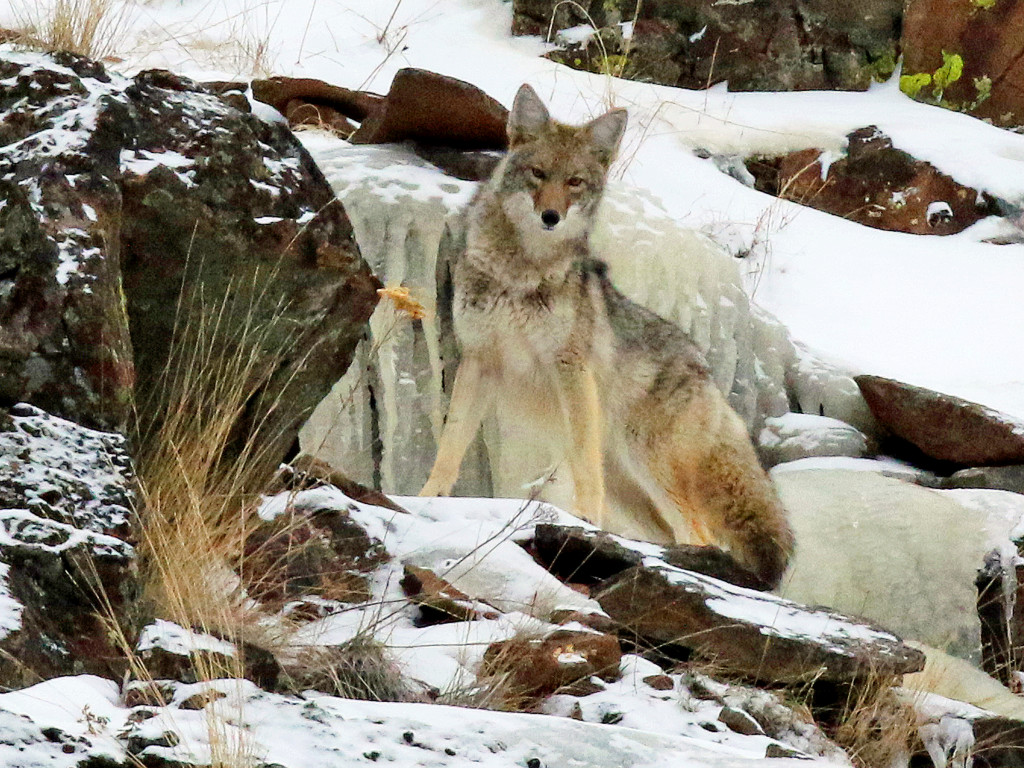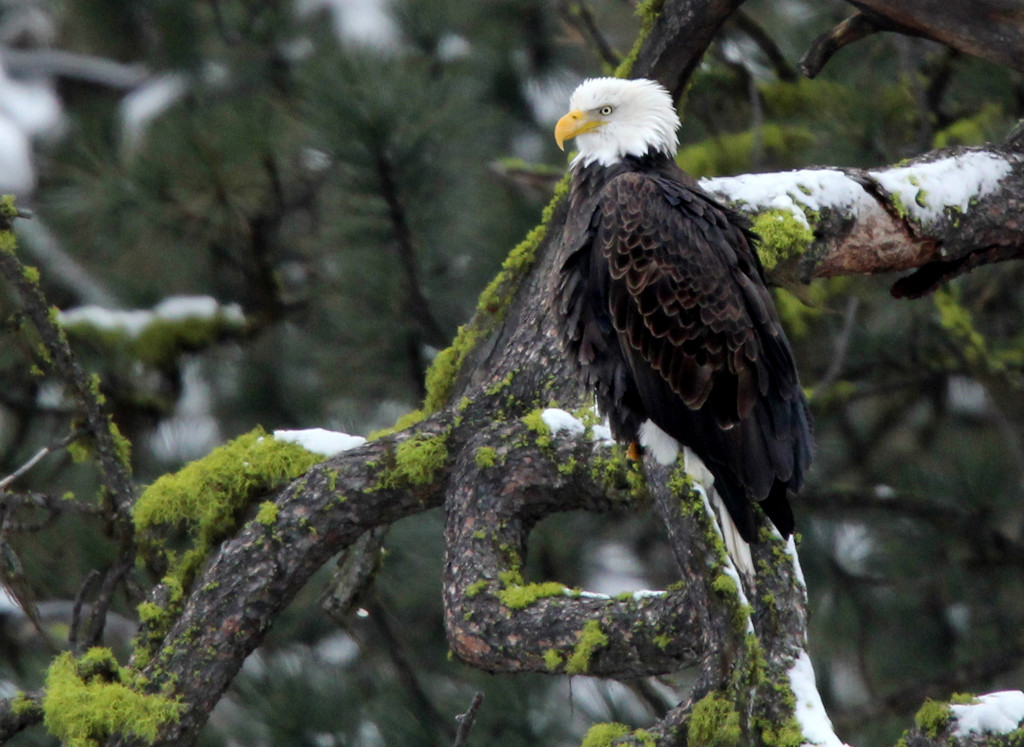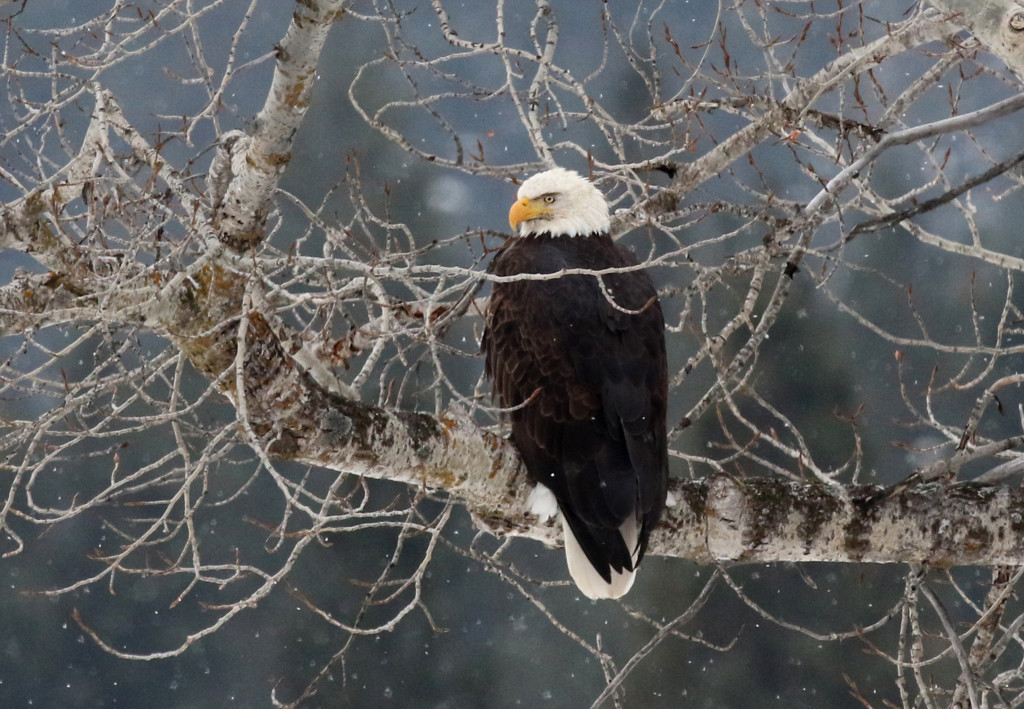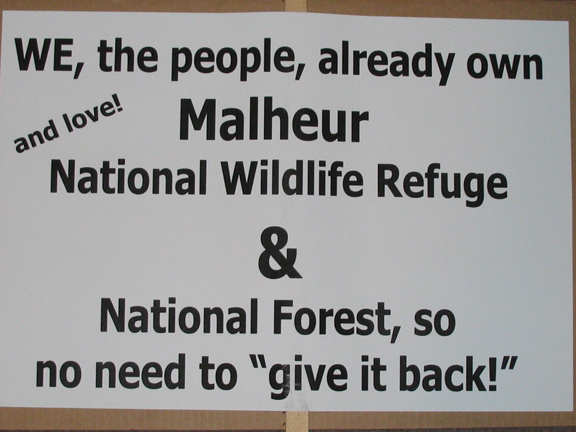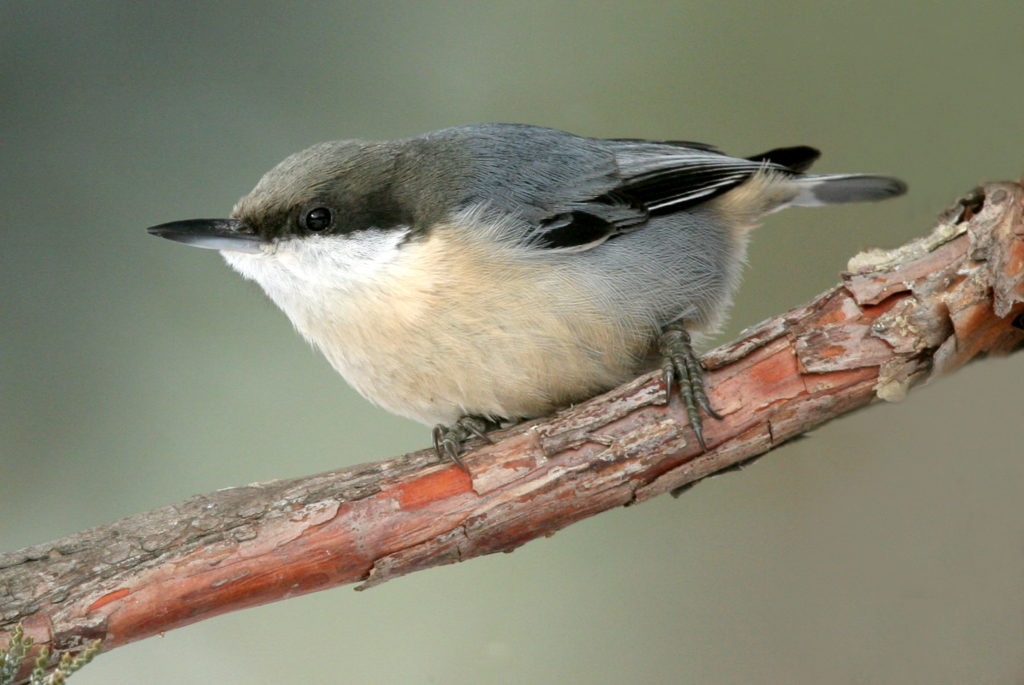
When we moved to our canyon in Grant County, Oregon over 12 years ago, we enthusiastically began to build a portfolio of wildlife photography in winter’s beauty. Our first subjects were winter songbirds visiting our bird feeders. However, wonderful captures of Oregon juncos, several species of nuthatches, chickadees and finches became repetitive, and eventually boring. As artistically pleasing as the juniper branches and rich colored trunks of the ponderosa pine were for backgrounds, the same species of birds were photographed over and over again. Little was new to add to our portfolio, so we slacked off mid-winter photography for a couple of years.
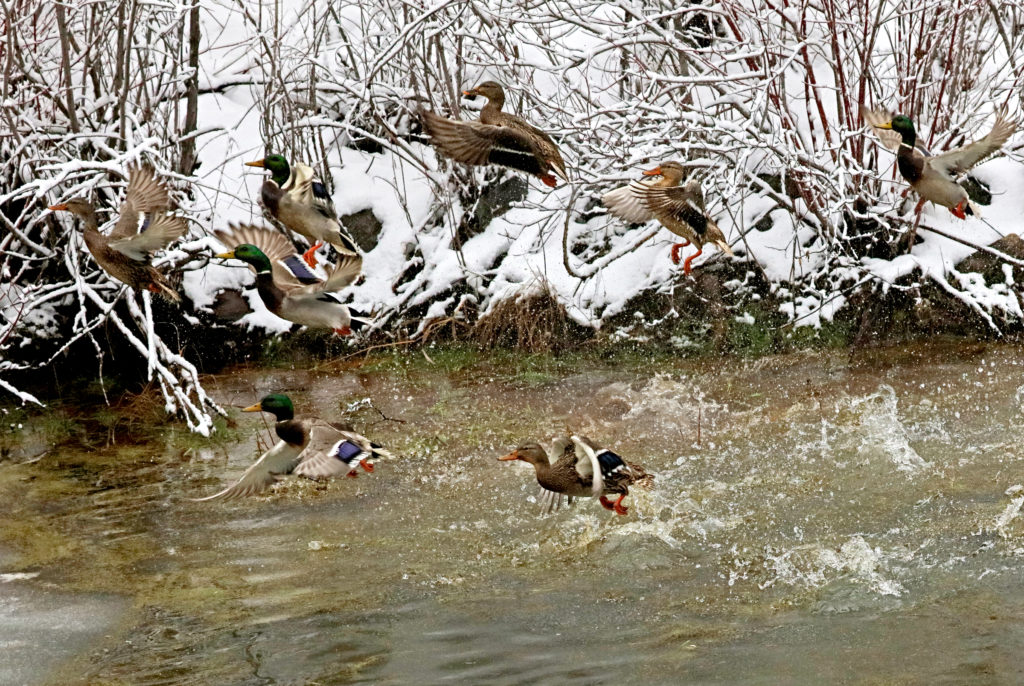
Then as gas prices improved in late 2015, we started to travel out to do photography from our vehicle along remote roads edging the local rivers. Now subjects were farther off and, with constantly changing snowy backgrounds in low light, our rate of successful shots dropped off dramatically. There is a real learning curve in successfully doing photography in snowy conditions. Just before that season, we also experienced nightmares with a new Canon camera that should never have been issued – the 60D. Its focus mechanism was faulty – producing inconsistent good results with lots of blurry subjects in between. Got rid of that camera, and eventually we acquired Canon’s 7MDII and the 5DSR.
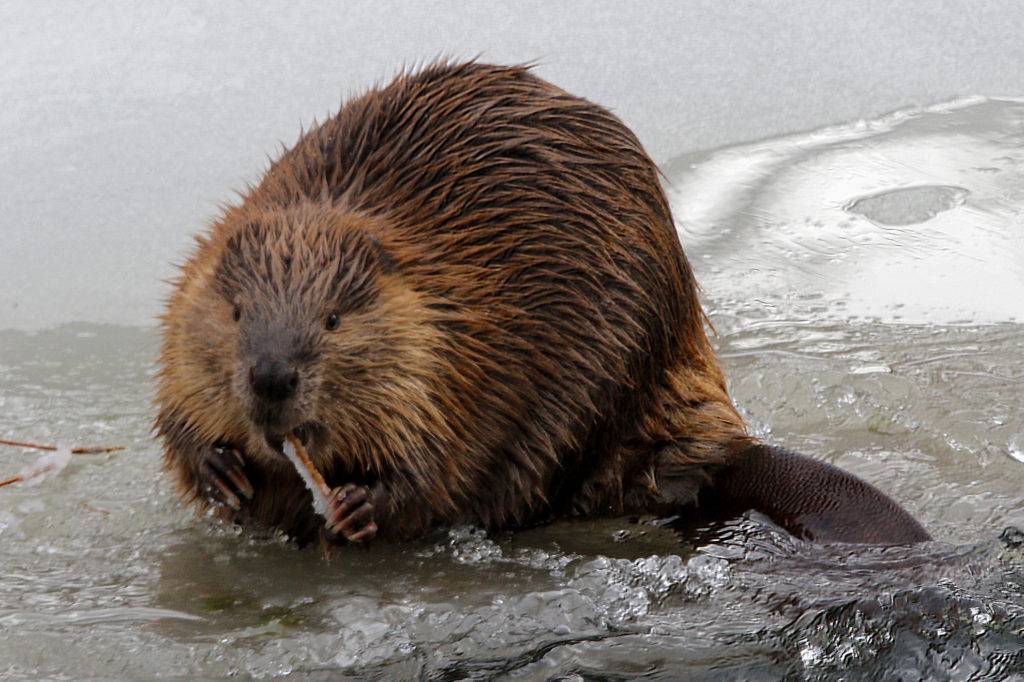
With new cameras, there are learning curves, especially in the area of focus choices. The technology is so advanced in cameras with built-in (default) settings that it has taken quite a while to disable all the bells and whistles and get things under control. Whatever happened to the value of keeping things simple in order to manage the photographer’s quick response to fleeting wildlife? If you’re a high tech person, perhaps this is a non-issue. For someone who isn’t, it takes persistence to stick with it and figure out what will work for you.
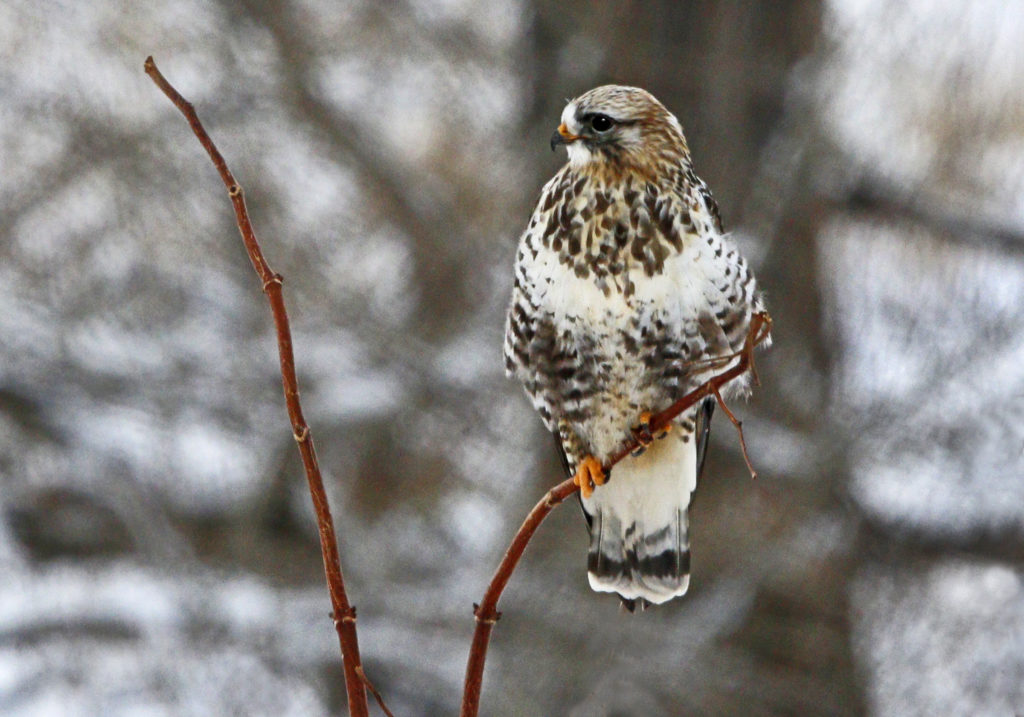
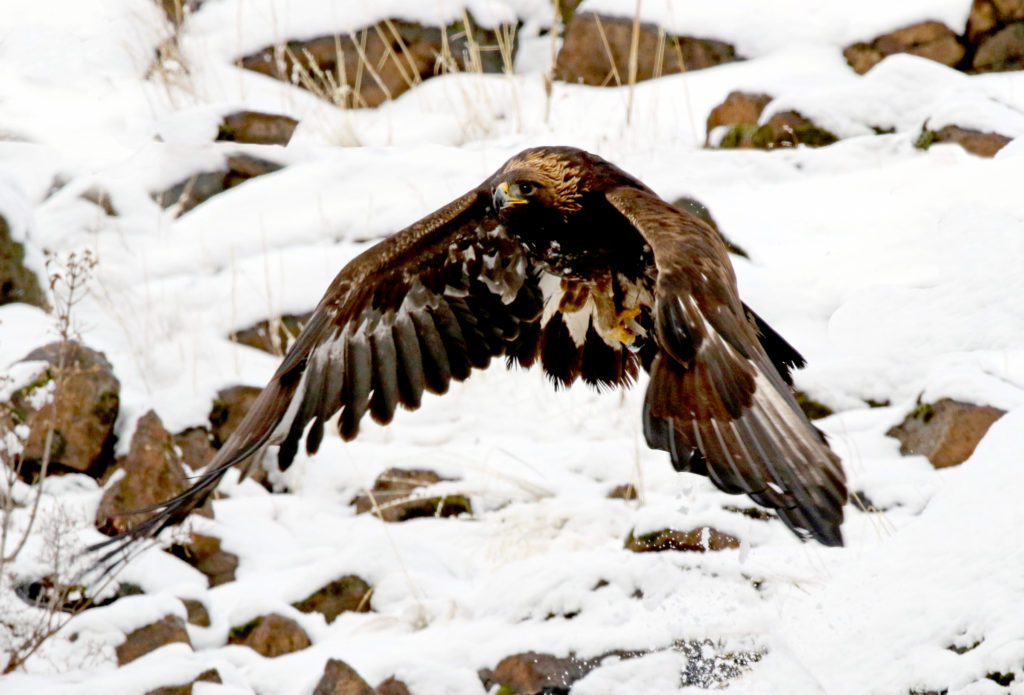
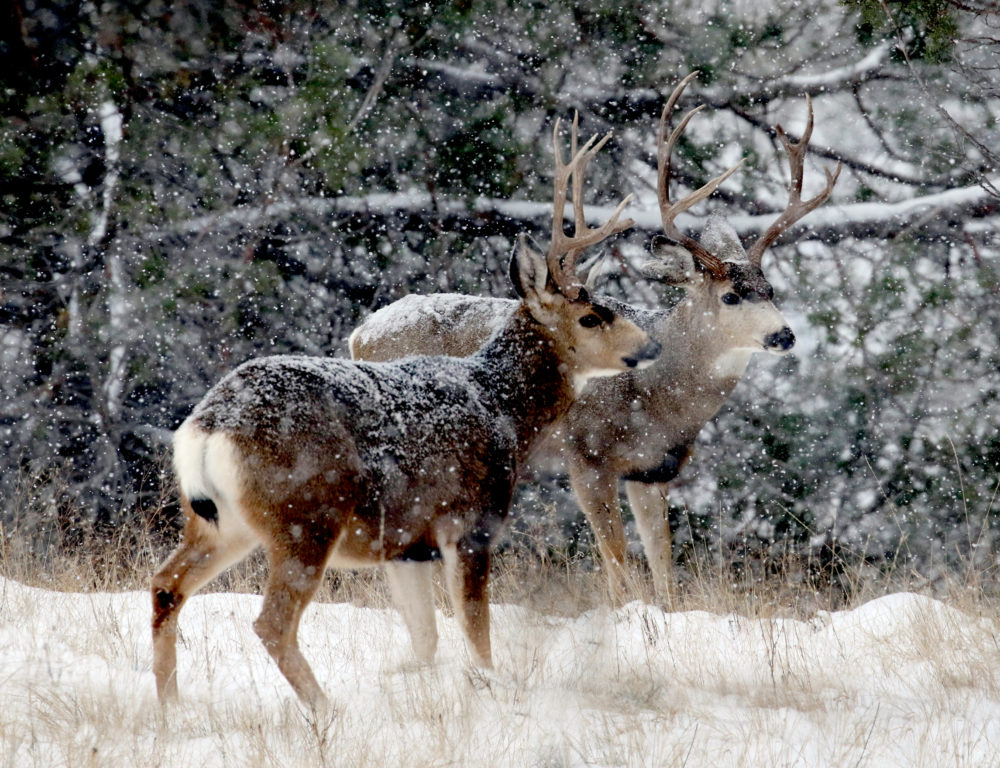
During this current winter season (2016-2017), we have had the harshest weather we’ve experienced here. It has been a reminder why winter photography had not been a high priority in the past. We truly welcome the snowy backgrounds to frame our winter subjects, but we have dealt with very icy roads, sub-zero temperatures, wind, freeing rain followed by blizzard level snowfalls, and sometimes snow drifts that threaten to close the road behind us. It’s been hard on bare fingers, equipment and especially the wildlife.
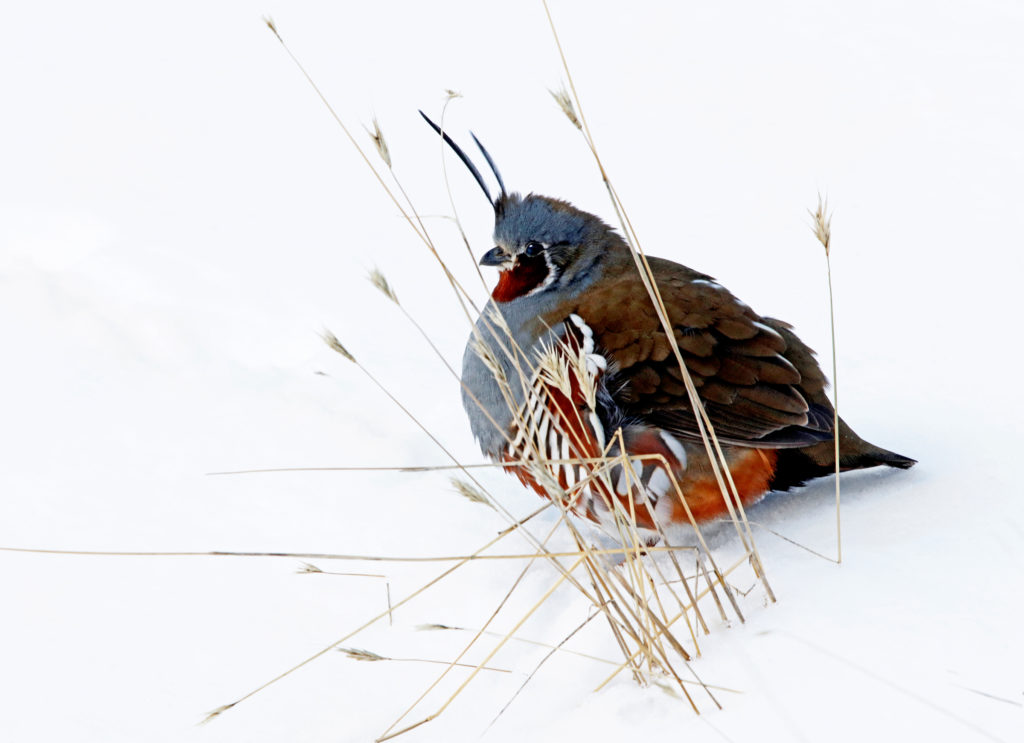
We have posted here half a dozen special images from our recent photo shoots. These are just samples of dozens more images that we have developed into slideshows.
The promised slideshow is in two parts:
Winter Wildlife Photography (Part I) in Grant County, Oregon
Winter Wildlife Photography (Part II) in Grant County, Oregon
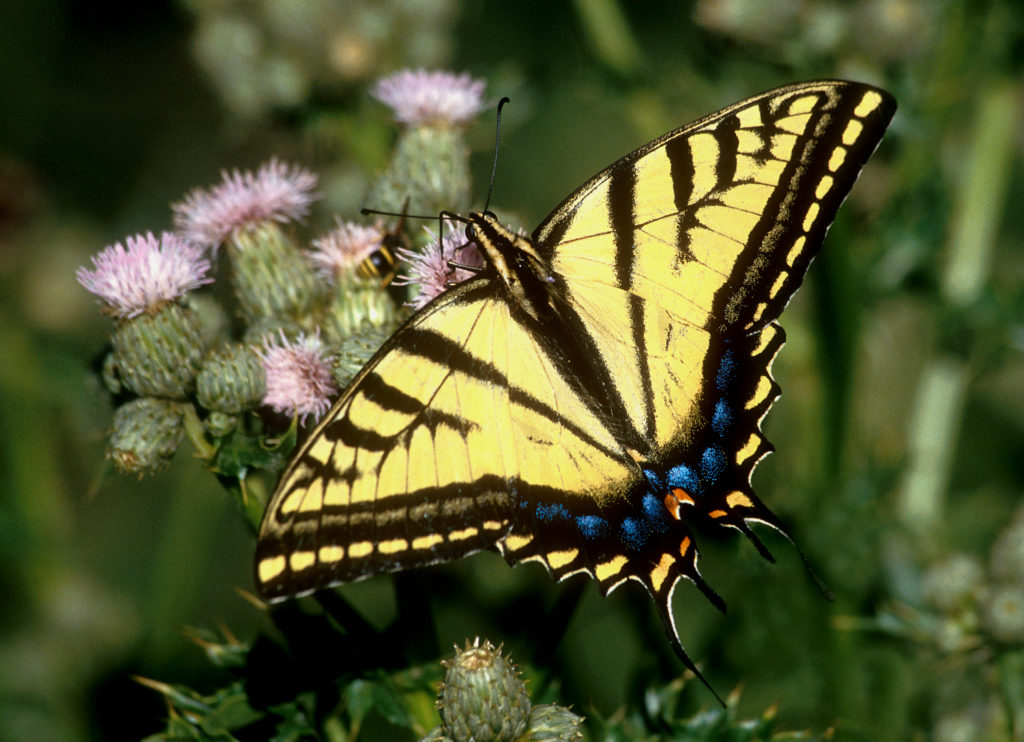
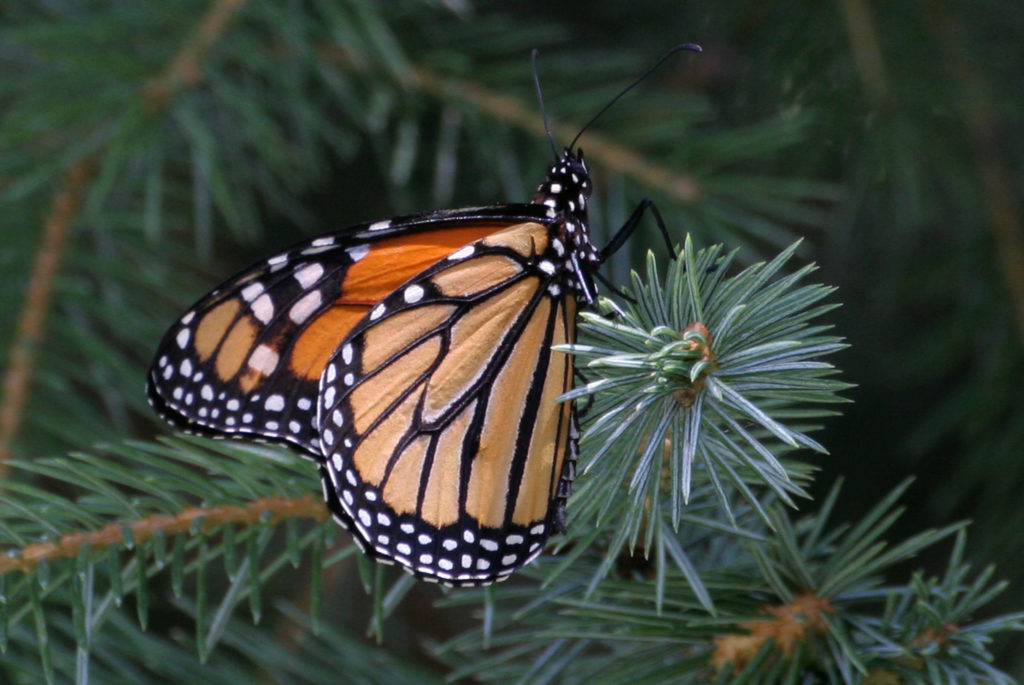
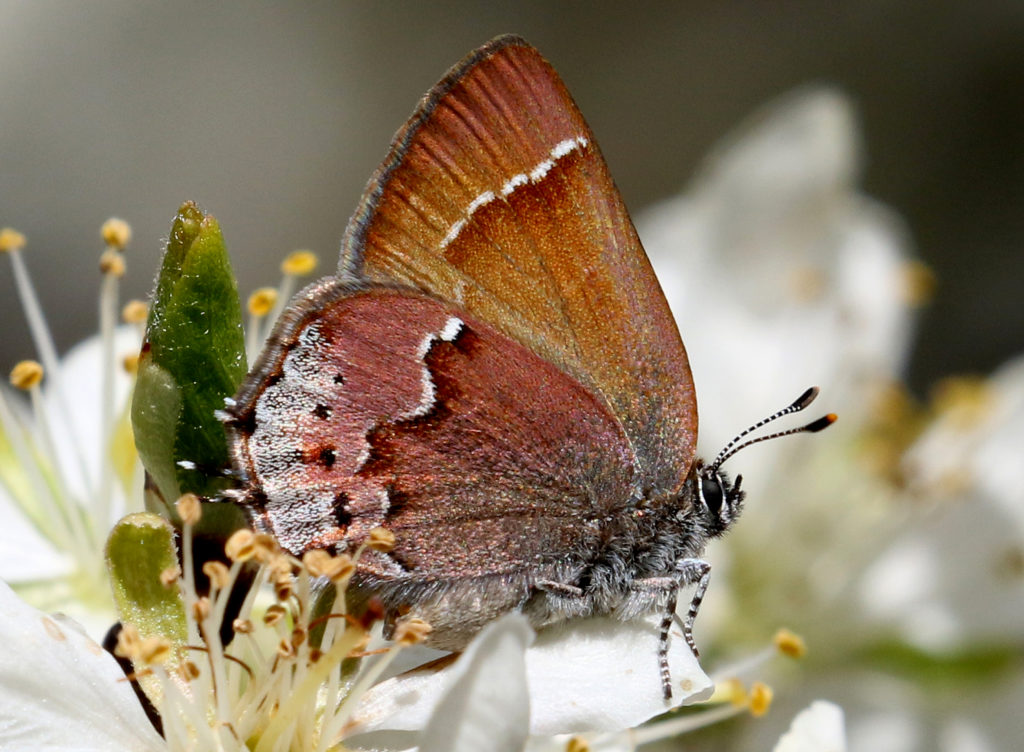
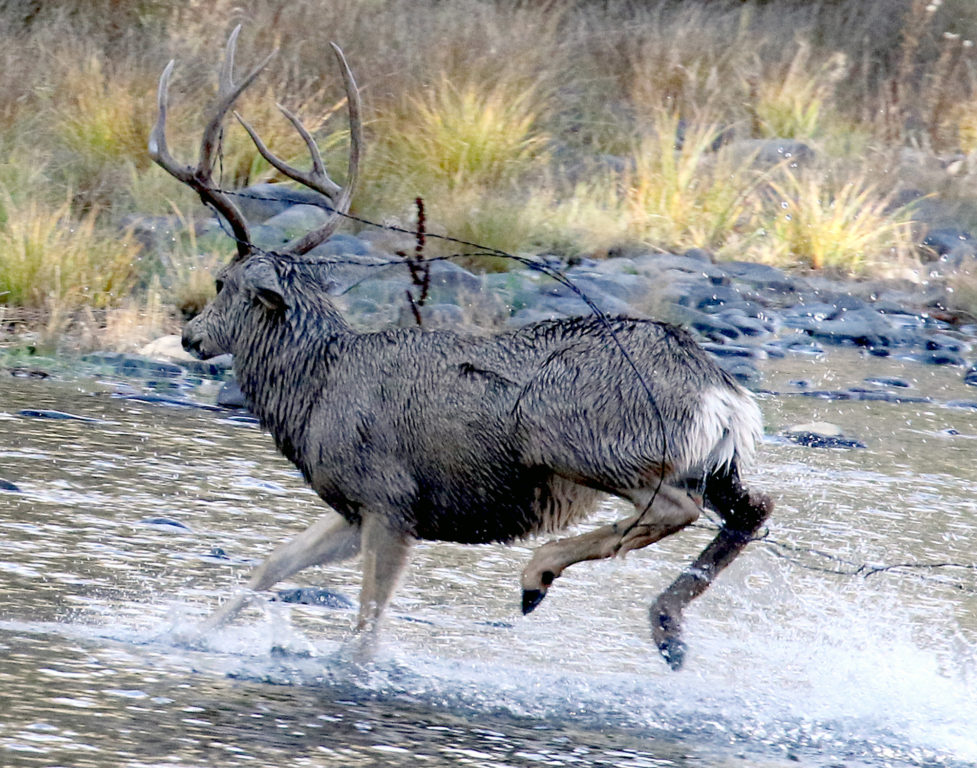
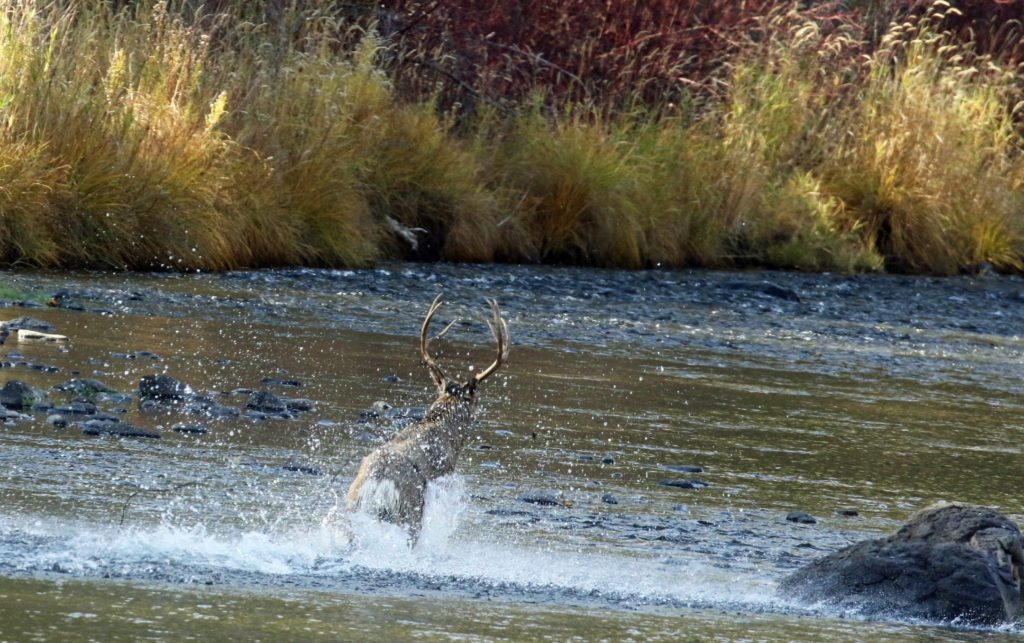
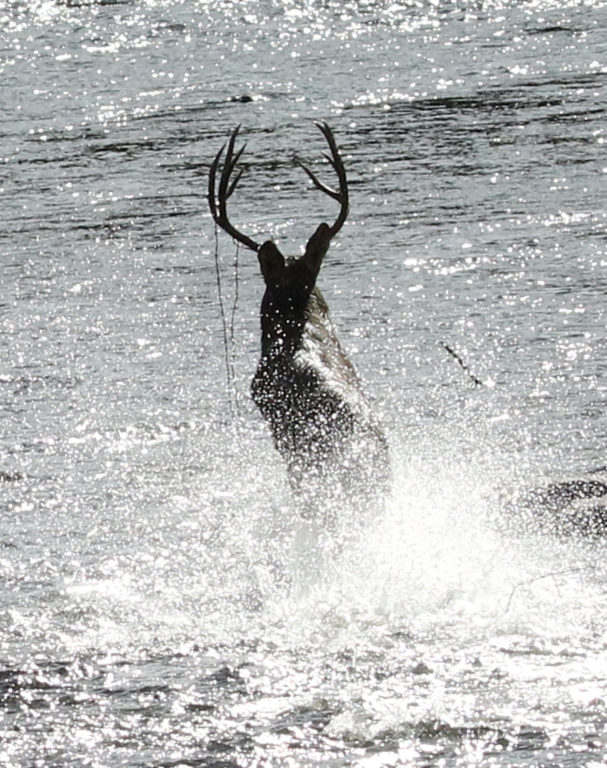
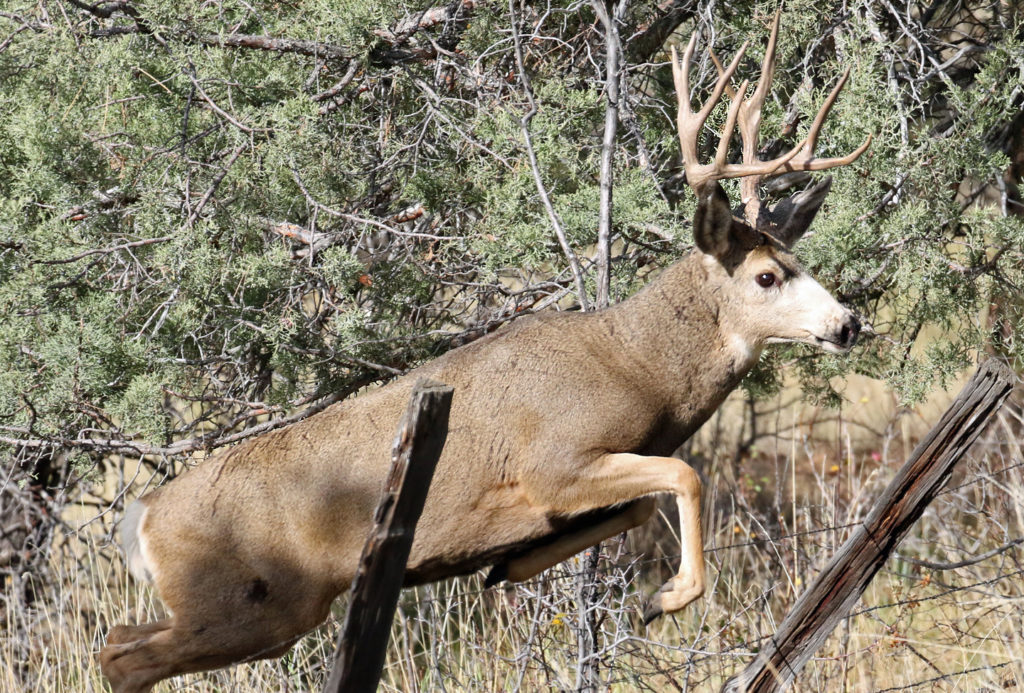
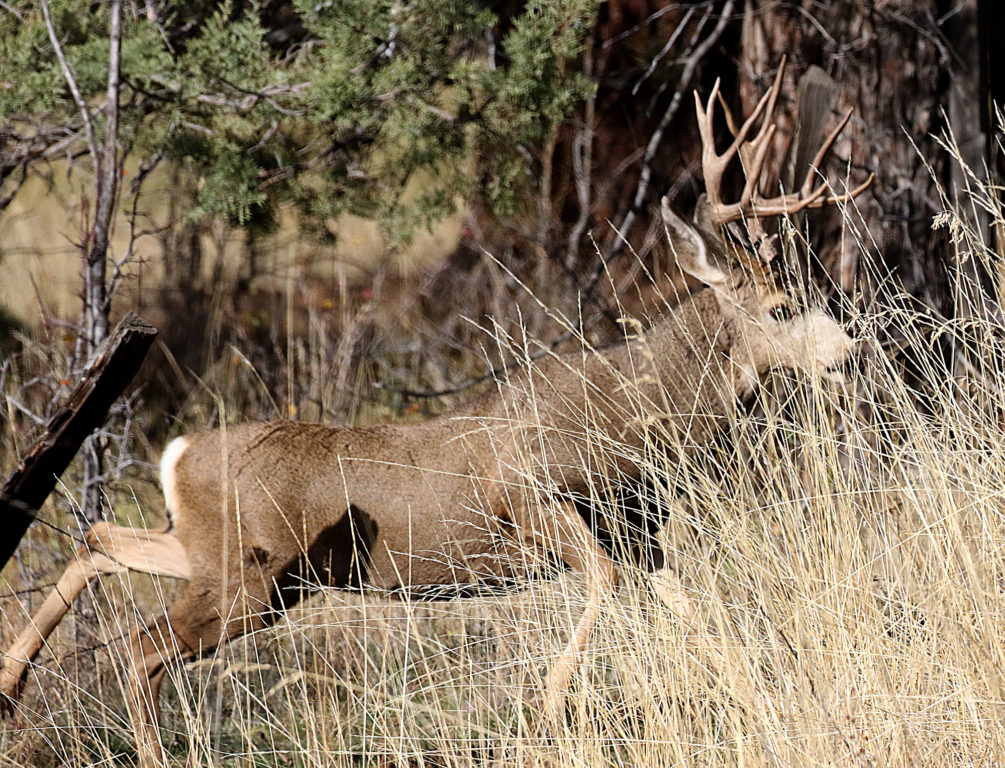 He struggled a bit but was able to kick his way free – this time.
He struggled a bit but was able to kick his way free – this time.